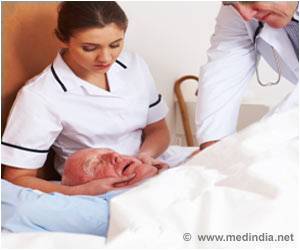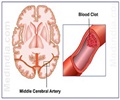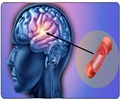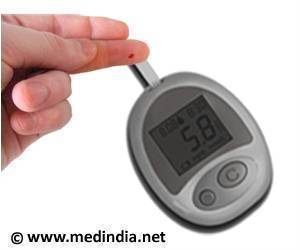Though the risk of deaths and heart attack after noncardiac surgery declined, there was an increase in the incidence if ischemic stroke.

- Following noncardiac surgery, major adverse cardiovascular and cerebrovascular events (MACCE) are the main cause of perioperative morbidity and mortality.
- Perioperative MACCE occurs in 1 of every 33 hospitalizations for noncardiac surgery
The research team was led by Sripal Bangalore, M.D., M.H.A., of the New York University School of Medicine, New York, and the study is published online by JAMA Cardiology.
Perioperative period is the period of time extending from when the patient gets admitted for surgery until the patient gets discharged.
Examining the Trends
Annually, more than 300 million noncardiac surgeries are performed worldwide and 50 million surgeries are performed in the U.S. Majority of the noncardiac surgeries include vascular, thoracic and transplant surgeries.
For the study, researchers used National Inpatient Sample, to identify patients who underwent major noncardiac surgeries from January 2004 to December 2013.
Findings
Perioperative MACCE that included death, acute myocardial infarction or heart attack and acute ischemic stroke, occurred in 317,479 hospitalizations (3%). This corresponded to an annual incidence of approximately 150,000 events.
Major adverse cardiovascular and cerebrovascular events occurred most frequently in patients undergoing:
- vascular at 7.7%,
- thoracic at 6.5%
- transplant surgery at 6.3%
The risk of perioperative MACCE was higher in men, compared to women. Non-Hispanic black patients had the highest rates of perioperative death and ischemic stroke in comparison to other racial groups.
"Perioperative MACCE occurs in 1 of every 33 hospitalizations for noncardiac surgery," the authors write.
Despite improvements in perioperative outcomes over the past decade, cardiovascular complications and cerebrovascular events remain a major source of mortality and morbidity after non cardiac surgery.
The significant increase in the rate of ischemic stroke in this analysis requires confirmation and further study.
References
- Cardiac Risk of Noncardiac Surgery - (http://www.onlinejacc.org/content/66/19/2140)
- Sripal Bangalore et al, Perioperative Major Adverse Cardiovascular and Cerebrovascular Events Associated With Noncardiac Surgery, JAMA Cardiology; (2016)doi:10.1001/jamacardio.2016.4792
Source-Medindia















